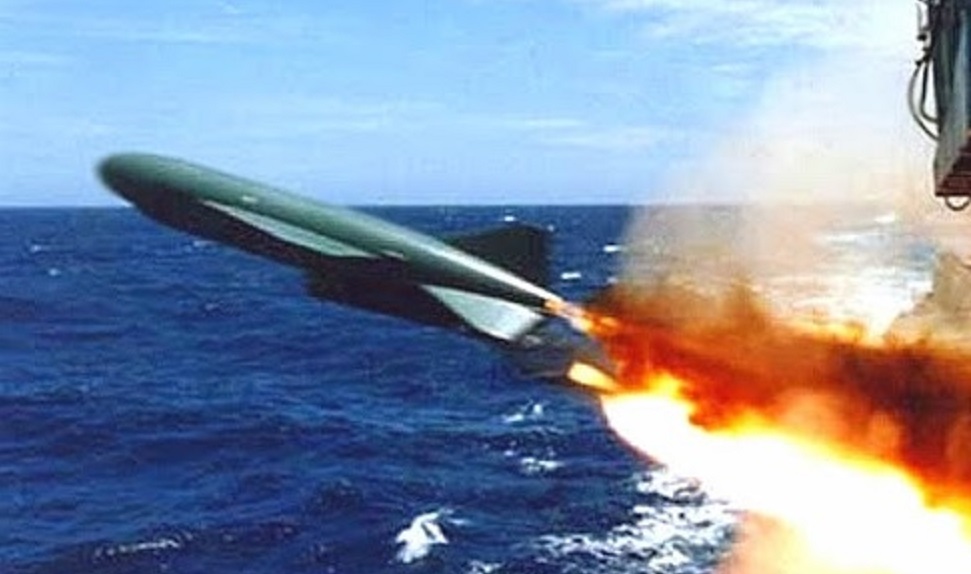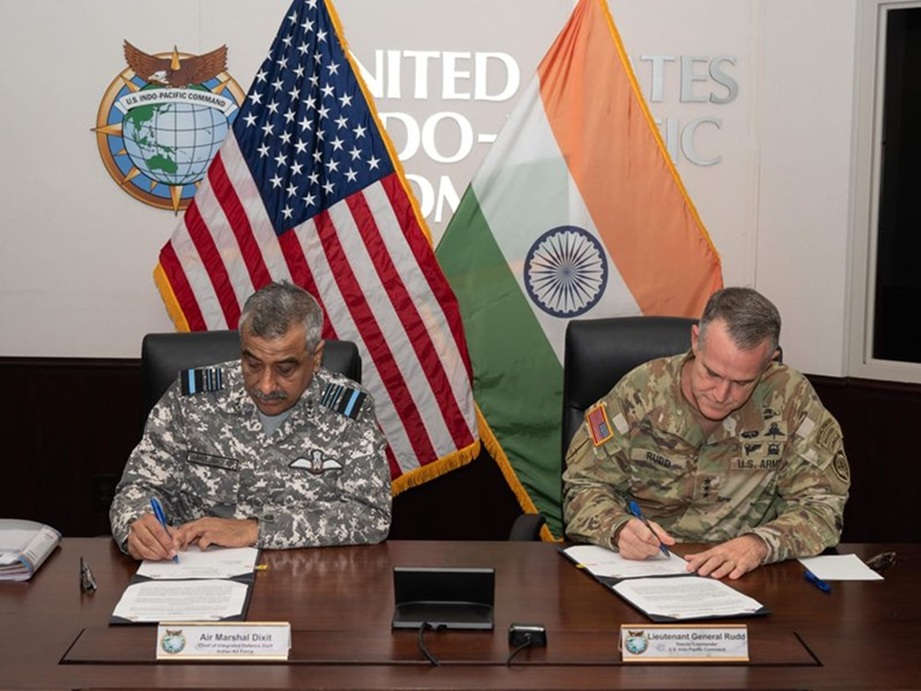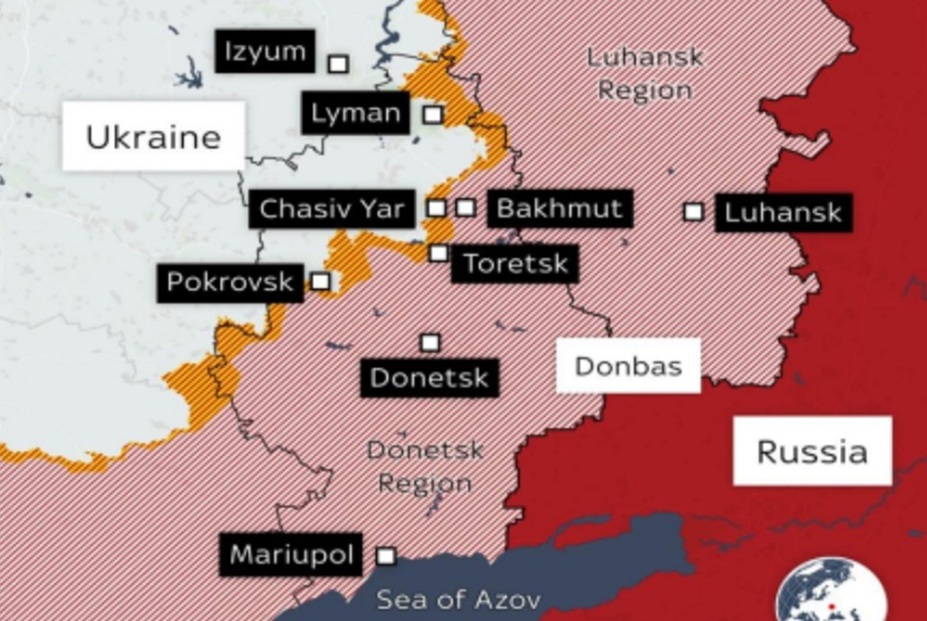This is an article on the history of the styx missile which was extensively used between the late 60s until the 80s. It was one of the main instruments employed by the IN during the ’71 ops. The article traces its life from when it was first used by the Egyptians on the night of 27 Oct 67 to sink the Israeli naval ship Eliat. This long-distance offensive action at sea changed naval warfare forever and the world woke up to missile warfare challenge at sea.
21st Oct 67 was a watershed day in the history of naval warfare when the rules of the surface engagements were unequivocally changed forever. This was the day when anti-ship cruise missiles were deployed for the first time in combat and the results were devastating. An audacious attack with four P-15 Termit missiles by two Komar-class missile patrol boats on the Israel Defense Forces (IDF) destroyer Eilat (which was operating within Egyptian territorial waters, off the coast of Port Said in the Mediterranean Sea) heralded the arrival of the cruise missile in the naval battlefield space with a big bang. Three of the four missiles launched hit the Eilat, causing catastrophic damage; she sank within hours, with 47 crew dead and 100 seriously injured, out of the crew of 199. The era of cruise missile warfare had begun.
However, this was not the first time the P-15 Termit was deployed on ships in an offensive role. It may of interest to note that the first combat deployment of the P-15 Termit was during Operation Anadyr[1] in Cuba. During the Cuban Missile Crisis, the Soviet Navy deployed 8 Komar class missile boats to escort arms shipments (ICBMs and tactical nuclear missiles) to Cuba. However, eventually, no fire was exchanged between US and Soviet warships during this operation, as the Cuban Missile Crisis was resolved diplomatically.
The П-15 “Термит” or SS-N-2 Styx (NATO name), developed in the late 50s, is perhaps one of the longest operationally maintained cruise missiles in the world with the Indian Navy firing the remaining few in mid-2000. The P-15 was not the first anti-ship missile in Soviet service; that distinction goes to the SS-N-1 Scrubber, and to the aircraft-launched AS-1 Kennel. The p-15 missile had an unlikely origin and an even unlikelier name for a destructive weapon. The Russian “Термит” means termite chosen perhaps to signify its destructive power against many large entities. The missile is believed to be a spin-off from Yakovlev Yak-1000 aircraft project, which was an attempt to produce a compact fighter aircraft that begun in 1951. This aircraft was characterized by a cropped delta wing, an all-flying tail with both vertical and horizontal stabilizers that were also of a cropped delta shape, and a cigar-like fuselage. The design of the Yak-1000 caught the attention of the MKB Raduga design bureau, which was developing an anti-ship missile of similar size and performance. A team under Alexander Yakovlevich Bereznyak (a co-designer of the Bereznyak-Isayev BI-1 rocket interceptor during World War 2) adapted the design of the Yak-1000 and developed it into a radar-guided missile by modifying the air inlet system with a liquid propulsion system, stabilizers and integrating a radar homing guidance system. The development and testing of the missile were completed by the late 50s and the P-15 Termit entered operational service with the Soviet Navy. The P 15 design closely resembles the aircraft with its cigar fuselage and cropped delta wing. For a long-time, it was speculated in the West that there versions of P 15 missiles with a nuclear warhead; however no operational variants appear to have actually been fitted with such a warhead. The earliest versions of the P 15 were with wings, which could not be folded and required large launchers as can be observed in the early Komar and Osa 1 missile boats (Nirghat, Nipat etc). The gunners who served as MGOs on the old Vidyut would recollect the large launchers. Subsequently, the P 15U (with foldable wings and consequently smaller launchers), P 20, P 21, P 22 followed. To save space and pack more punch, double-decker launchers came into being. The variants of P 15 essentially used the basic airframe but were upgraded to extend the range to 80 km and fitted improved guidance systems. The P 15 missile design was subsequently acquired by China, which produced the CSS-C-2 Silkworm and CSS-C-3 Seersucker, which are still used for coastal defence.


The P 15 missiles saw a lot of action since its initial success in 67, during the early days of the War of Attrition between Egypt and Israel. The P 15 missile was the choice of weapon in all the naval campaigns in the 60s and 70s, more because there were no other options available.
The P-15 made history once again in the 1971 Indo-Pakistani War. A total of eleven missiles were launched by the Indian Navy in two daring raids on Karachi harbour. The first of these was Operation Trident[1] on the night of 04 Dec 71, in which three Indian Osa class missile boats (Nirghat, Nipat and Veer), escorted by two Petya class ships, attacked Pakistani Naval ships operating off the port of Karachi in a surprise attack. Seven P-15 missiles were fired. Six found a target. Pakistani destroyer Khaibar on patrol near the harbour was the first to be hit and sunk by two missiles fired by Nirghat. Minesweeper Muhafiz was targeted by Veer and sank after a single P 15 missile hit her. Cargo vessel Venus Challenger, which was carrying ammunition from Saigon, was destroyed by missiles fired by Nipat. Her escort, the destroyer PNS Shahjahan was severely damaged and later scrapped. The second raid on Karachi harbour was Operation Python by Vinash escorted by Talwar and Trishul. Vinash launched all four missiles. The first missile homed on to the oil tanks at Keamari and started a huge fire. The second and third missiles homed on to merchant ships Harmatton and Gulf Star. The fourth missile homed on to the Pakistan Navy’s tanker Dacca.
However, the unstoppable winning streak of the P-15 Termit finally came to a grinding halt in the 1973 Yom Kippur War. In the years between the wars, Israelis had mastered the art of beating the P 15 missiles with the development of electronic countermeasures and the use of chaff to seduce missiles. During the course of the Yom Kippur War, there were four major naval engagements and the performance of the P 15 was dismal.

The first was the Battle of Latakia on 06 Oct, off the Syrian coast, which was the first naval battle in history to see combat between surface-to-surface missile-equipped missile boats and the use of electronic warfare. A numerically superior Arab missile boat force was virtually wiped out in the ensuing engagement. The Syrian missile boats (two Komars and one Osa) launched eight P 15 missiles against the Israeli Sa’ar class missile boats but none found their target as they were deceived by chaff fired by the Israeli missile boats.
Battle of Baltim, the second engagement took place on 08 Oct, off the Egyptian coast, where six Saar-class missile boats (five missile-equipped) were engaged by four Komar-class missile boats. The engagement was initiated by the Komar-class missile boats at a range of about 25 nautical miles when they launched 16 P 15 missiles at the Israeli force. The missile boats immediately fled towards the shore at high speed. The Israeli force evaded the Styx missiles, pursued, closed the fleeing Komars to within Gabriel launch range and launched twelve Gabriel missiles. Three Komar-class missile boats were sunk. Each of the missile boats received two Gabriel hits. The fourth Komar-class missile boat managed to escape undamaged into the harbor.
The third engagement was on 10 Oct and is known as the Second Battle of Latakia. It was again a clash between Syrian and Israeli naval forces off the coast of Latakia, involving seven Saar-class missile boats against a Syrian force, consisting of one torpedo boat, one conventional patrol boat, and three Osa-class missile boats. Eight Gabriel missiles were launched at the Syrian force while twelve P 15 missiles were launched at the Israeli force. While five of eight Gabriel missiles hit targets, sinking two Osa-class missile boats, all twelve Styx missiles were deceived with electronic countermeasures, chaff rockets, and high-speed tactical maneuvering.
A final force on force battle took place off the coast of Tartus on 11 Oct between five Saar-class missile boats and two Osa-class missile boats. In the ensuing exchange, eight Gabriel missiles were launched at the Syrians and three P 15 missiles were launched at the Israelis. Both Osa-class missile boats were sunk. All three P 15 missiles missed their target due to the deployment of chaff and electronic countermeasures.
During the Arab Israel war in 73, none of the forty-seven P 15 missiles fired found their target while nineteen of the fifty Gabriel missiles hit their targets. The seemingly unstoppable winning streak of the P-15 Termit finally came to a grinding halt in 1973. The Goliath of 1967 had been crushed. By the time the next major conflict erupted in 1982 in the Falkland’s, the P 15 which was in service for over twenty-five years, was already obsolete due to the technological advancements in soft kill measures like jamming and chaff and developments in hard kill measures like Surface to Air Missiles(SAM). The new boy in town was the sleek sea-skimming Exocet missile. The P 15 was not in the inventory of both the adversaries and therefore did not join the battle. The next major conflict was the Tanker War in the Persian Gulf in the mid-80s. There have been reports of the usage of the P-15 Termit and its derivatives – Chinese silkworm missile by the Iranian navy during the Iran-Iraq Tanker War between 80 and 87. However, the hits attributed to this missile during the conflict were negligible. Again it was the Exocet SSM that was the preferred choice of the missile for attacking shipping in the Persian Gulf.
By the mid-eighties, the formidable P 15 had lost most of its sheen and was soon relegated for target practice. The stockpile of the P 15 missiles in the inventory of navies found use as high-speed aerial targets to test the efficacy of gun and missile defence systems after incorporating a few modifications. A technique was pioneered to modify them as aerial targets. The missile was deactivated by supplanting the explosive in the warhead with a mixture of sand and bitumen to make them inert (known as boiling out process) and replacing the homing radar with a dummy load to maintain the CG and enable fly a fixed course at high subsonic speeds. The Indian navy too used them for testing various gun and SAMs systems including the RZ 13, RZ 61 and Barak missiles. These Practice Missile Firings (PMFs) were high octane exercises and is a story by itself. A few P 15 missiles were also fired to sink decommissioned warships. I had the opportunity, as many gunners of our generation, to fire many of the variants of this missile during the numerous PMFs. I fired a few of them as aerial targets for others to engage and also did manage to engage a few of them with SAMs. I also had the rare opportunity of two scoring self-goals when we were directed to sink two decommissioned ships with combat missiles. The first firing (as MGO on Charag), was to target Ex Nistar (a submarine rescue vessel) in 1991 with a single P 15U. The second firing, while in Command of Ganga, to sink Ex Vindhyagiri in 2012 by a P 21 missile. I think the last of the P 15 missiles were expended by the Indian Navy in 2005-06. However, there are still a few of the variants of the P 15 missiles (P 21/22) in the naval inventory.
As is wont to happen to all weapons, the P 15 missiles too now sadly serve as objet d’art in various naval bases to remind us of their trailblazing glorious past and the impact they had on naval warfare for over two decades.
[1] Operation Anadyr (Russian: Анадырь) was the code name used by the Soviet Union for its Cold War secret operation in 1962 of deploying ballistic missiles, medium-range bombers, and a division of mechanized infantry to Cuba to create an army group that would be able to prevent an invasion of the island by United States forces. The plan was to deploy approximately 60,000 personnel in support of the main missile force, which consisted of three R-12 missile regiments and two R-14 missile regiments.
[2] https://www.indiannavy.nic.in/sites/default/files/Transition-to-Triumph-07Apr16.pdf
Title Image Courtesy: http://idpsa.blogspot.com/
Disclaimer: The views and opinions expressed by the author do not necessarily reflect the views of the Government of India and Defence Research and Studies







